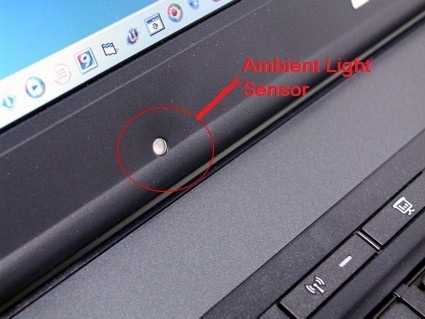The solution hasn't changed much, but I figured I'd provide an update for Windows 10, as this has been very helpful for me in 2015. (I'm using an ASUS TP300LA laptop with a Core i5-4210U.)
The issue occurs and is most noticeable when you go from a dark window to a light window. The contrast gets blown out, and the display slowly adjusts the backlight to normalize the contrast. I have a dark wallpaper in Windows 10, so an example of this happens whenever I'm on the desktop and open Chrome or the Google homepage, which is mostly white.
First thing I checked was the Windows Advanced Power Options to make sure the adaptive brightness feature was off.
Right-click the Start button > Control Panel > Hardware and Sound > Power Options > Balanced (or whichever plan you are using) - Change plan settings > Change advanced power settings > Display >
Enable adaptive brightness > "Off" > Apply > OK
Next thing to check would be the Intel Graphics Properties. The interface has changed a bit since the last answer was posted here, so the layout of your control panel might be slightly different depending on the version. The main thing to look for is the "Power" options.
Right-click the desktop (or click the Intel Graphics system tray icon) >
Graphics Properties > Power > On Battery > Display Power Saving Technology > Disable > Apply
Hopefully that helps!

my tablet's intel control panel does not have this option AT ALL. Is it in the registry or something? – Wyatt8740 – 2015-05-04T01:30:13.293
I was feeling like destroying my laptop, many thanks. Love ya. – Ivan Castellanos – 2015-09-17T01:59:35.627
1Oh my God, thank you!! I was sure this was impossible to fix, since even disabling Adaptive Contrast Enhancement didn't help. Now I can edit pictures properly again! – stemadsen – 2016-09-15T08:23:53.790
Quick note: If you still experience the contrast thing after clicking "save", unplug then replug the charger (if you're using a charger at the time). – PNDA – 2018-05-16T15:34:42.767
It works in battery mode, but change is ignored when laptop is plugged in. And Intel's UI doesn't provide an option for this. – Eugene – 2018-12-28T12:11:17.393